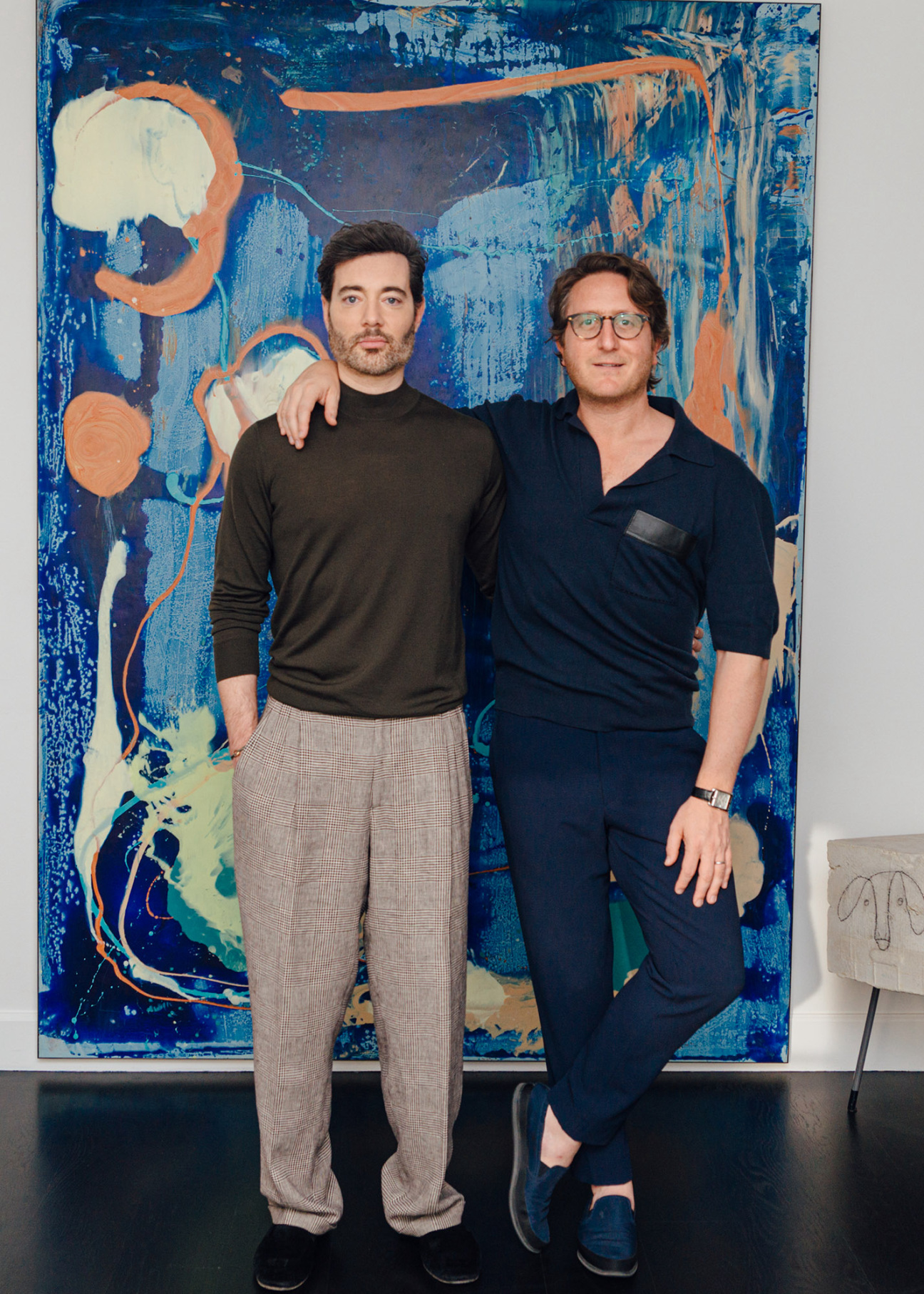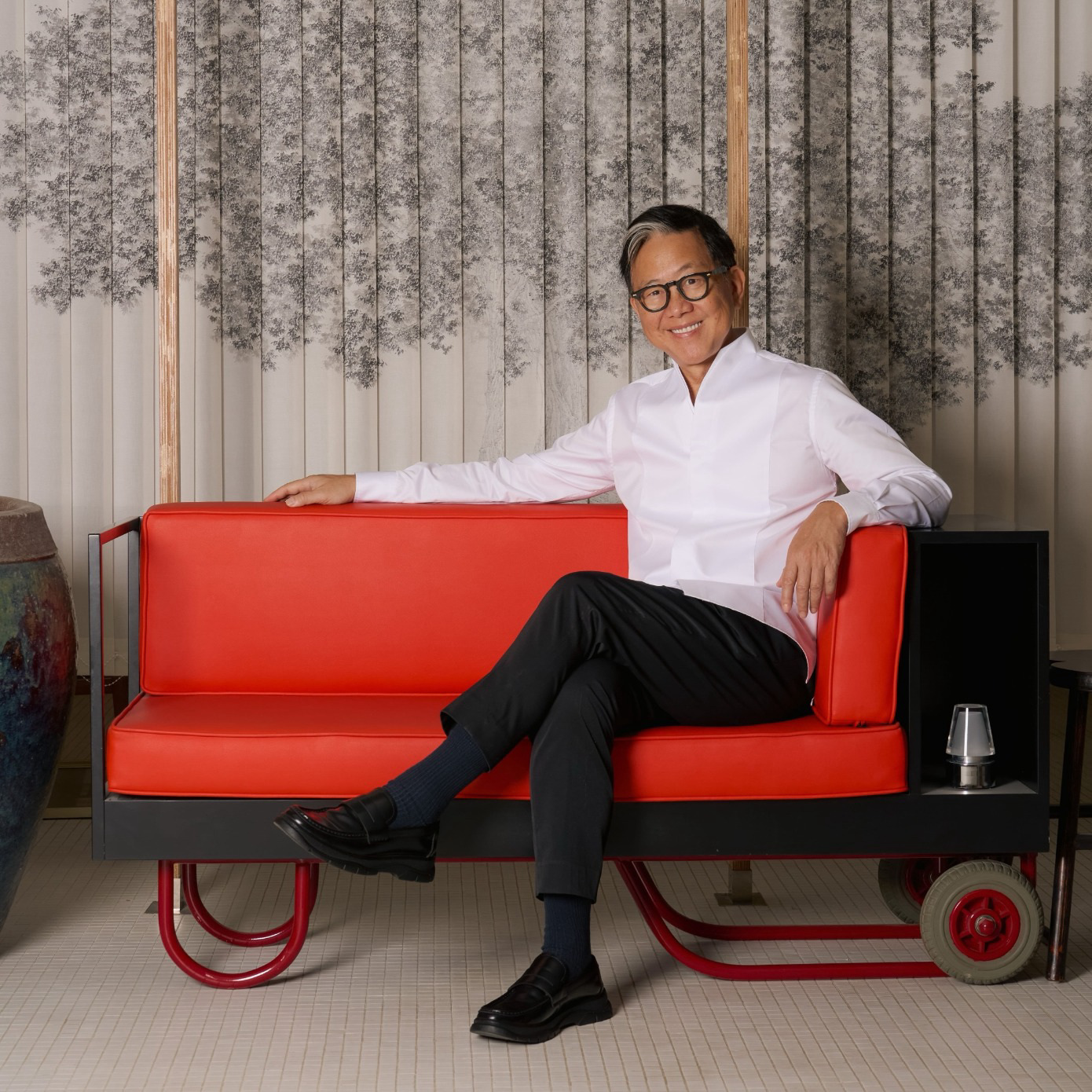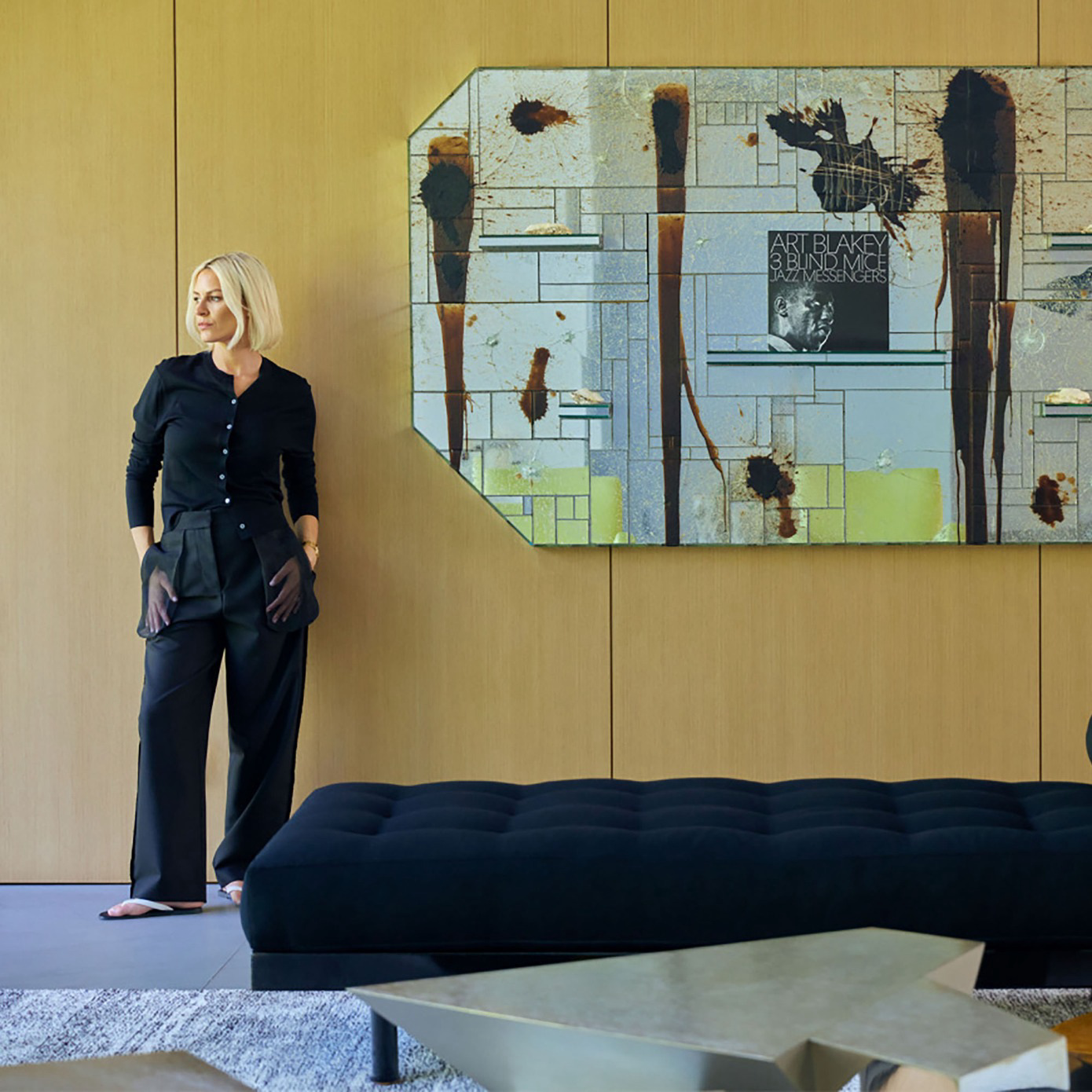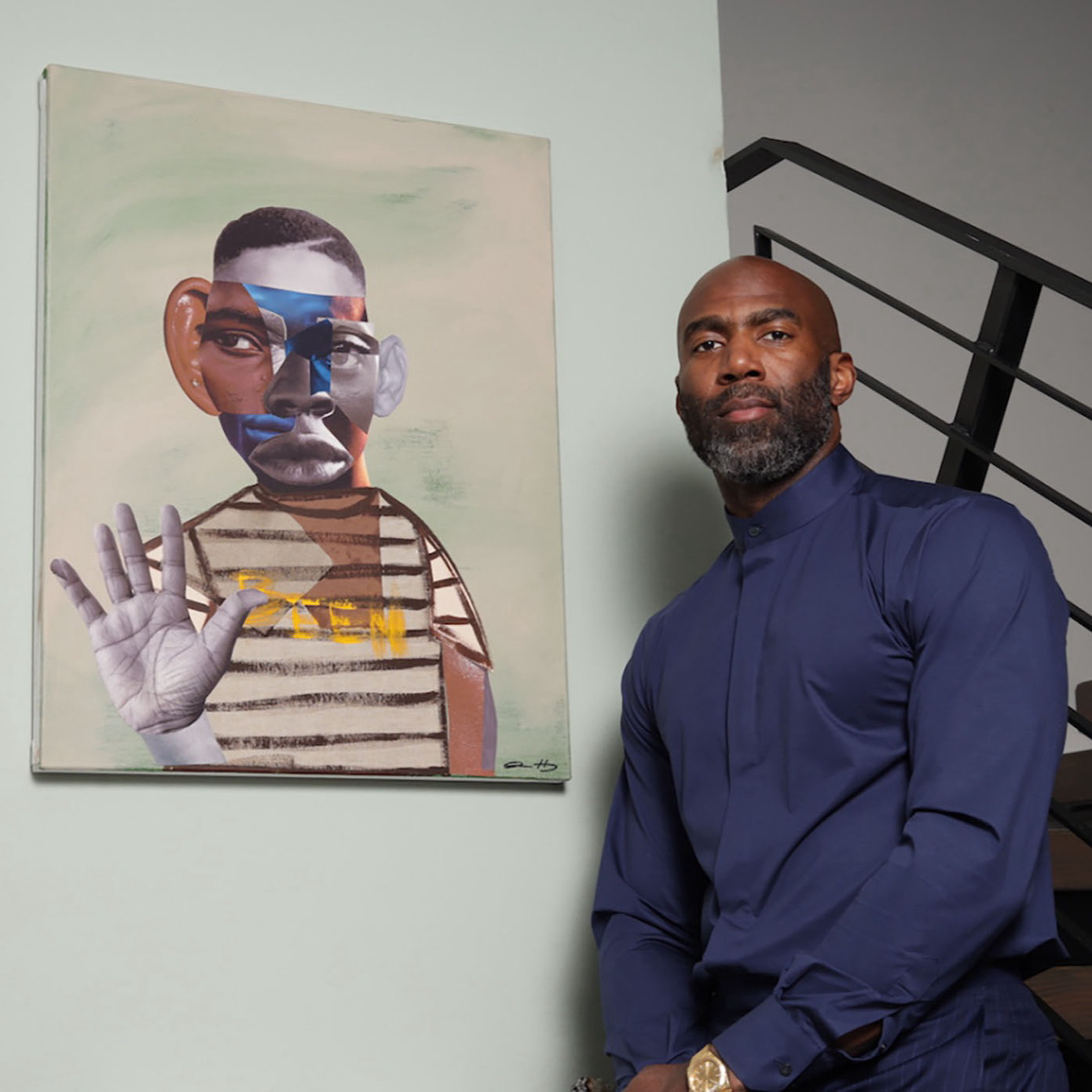
CULTURED: What the first piece you ever bought and how much did you pay for it?
STEELE: My first work of art I ever bought was a monoprint of a pig from a local cooperative gallery in Vermont. I was maybe seven years old, and it was $40. I had to make a payment plan with my mother. It’s been an obsession ever since.
CULTURED: Which work provokes the most conversation from visitors?
STEELE: Until recently, it was definitely our queer, erotic collection which we had in our family room. It threatened to overtake our dining room too, which was when Ulysses decided he'd had enough, so now it lives in my office in the main bedroom. It’s very, very graphic but also poetic and fun, and people have a tendency to not want to leave that room.
CULTURED: It seems you collect as much design as art. How does this work? Do you both weigh in on every acquisition, or divide and conquer?
STEELE: That’s a good question. On design, it’s entirely up to Ulysses, as he’s the master. But there are random pieces I see when he’s on his hunting trips that I ask for. On the art side, we have to both at least like a piece for it to come into the house in LA. For our home in Brazil, it was entirely Ulysses’s vision. I had fun helping find art that would fit in with a very strict color palette and texture. Sometimes I got it right; sometimes I was vetoed.
CULTURED: What was the most difficult piece in your collection to acquire?
ULYSSES DE SANTI: There are many very rare pieces that I’ve always obsessed over and get incredibly excited about when we are able to locate them. But the priority in purchasing belongs to my business (which I own with my partner Cecilia Tanure). Only if we decide to pass—because of price or strategy—can I then acquire for myself. I’ve always loved [Oscar] Niemeyer’s pieces, particularly the Rio chaise, but it took a long time to find one of the early ones manufactured by Tendo, and I couldn’t have been happier when we found a collector who had two of them—the business got one, and I got the other!
CULTURED: What are you most excited about at Frieze and Felix this year?
STEELE: I’m excited to discover some new artists at Felix, and Frieze will be a nice opportunity to connect with colleagues in the industry. Ulysses is taking over the office and we’ll be having some open houses, so it will be fun to collaborate with him as well!
CULTURED: Many people claim that LA is the art capital of the country now. Do you believe this?
STEELE: I think in terms of where artists in America like to work and show, it’s certainly giving New York a run for its money. I’m a transplant from the East Coast, of course, and Ulysses is from Brazil, so what I love about the LA scene is that it’s relaxed and mixed between artists, collectors, and dealers in a social sphere that isn’t explicitly transactional. People just hang and it’s lovely. And it’s sunny all the time, which makes everyone a bit happier.
CULTURED: How has the LA art scene influenced your collection?
STEELE: I think it’s certainly affected the scale of the works we buy. I love paintings and intimate works on paper, but because of the luxury of space, we are able to buy bigger works and really create a different atmosphere. Ulysses has like three houses' worth of furniture in his collection, so I’m always pushing him to rotate it, but he has a vision for a space and sticks with it.
CULTURED: Which artist are you currently most excited about and why?
STEELE: I’m a big fan of Nash Glynn, who I met during the pandemic on Instagram when she donated a work to a queer charity auction. Her work is so wrapped up in art history and deals with modes of representation of the body, femininity, and gender in a way which feels effortless and confident. I’m a huge admirer.




